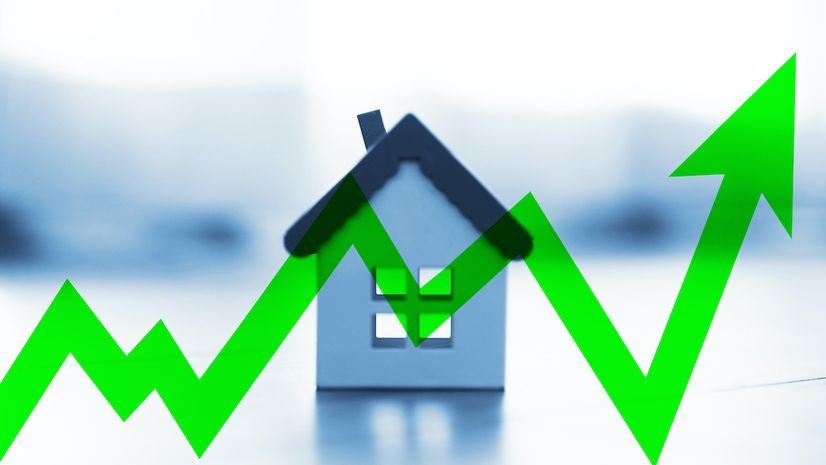Landmark To Luxury: New Yorkers Can Now Reside In Historic Jewels
This week will witness the 90th anniversary of the unveiling of New York City’s famed Waldorf Astoria Hotel on October 1, 1931. Following an unprecedented restoration, the structure for the first time is offering the opportunity to own one of 375 residences within The Towers of the Waldorf Astoria, starting from $1.8 million.
Buyers can savor the cache of living in a structure graced by guests from Frank Sinatra and Cole Porter to every president from Hoover to Obama. In addition, they’ll enjoy 50,000 square feet of private residential amenities focused on health and wellness, entertaining and business. Residences range from urbane studios to sumptuous four-bedroom homes and deluxe penthouses, many offering outdoor spaces.
Notes Andrew Miller, CEO of Dajia US, the owner-developer of Waldorf Astoria New York, “We have assembled a world-class team to return the Waldorf to glory as one of the world’s most beloved hotels and New York’s most prestigious residential address.”
With history on the minds of Manhattanites, this could be the ideal moment to explore some other rare present-day residential structures in the heart of New York that are — or include — buildings with even longer histories. They are The Woolworth Tower Residences, The Belnord and 111 West 57th Street. These properties are dream addresses for anyone who not only appreciates the borough’s long and storied history, but seeks to inhabit a piece of that time-honored legacy.
The Woolworth Tower Residences
Once the tallest building in the world, the Woolworth Building was designed in 1913 by Cass Gilbert as a commission from retail industry tycoon F.W. Woolworth. Today, the recently-completed Alchemy Properties-designed Woolworth Tower Residences fills floors 29 through 58 with 32 loft-like condos. A $22 million restoration of the tower’s arresting terra cotta façade was among ways Alchemy saluted the Woolworth legacy by resurrecting original details of the building.
Another was the incorporation of a coffered ceiling reclaimed, restored and relocated from the private office of Frank W. Woolworth himself. Residences offer design details from Thierry Despont, who contributed to the restoration of the Statue of Liberty. Amenities include the Gilbert Lounge and entertaining area, wine cellar and tasting room, fitness center and fifty-foot lap pool.
Topping the tower at floors 50 through 58, 727 feet above Manhattan, is The Pinnacle, the residential conversion of the building’s famous crown. In addition to 9,680 square feet of interior residential space, The Pinnacle hosts a 408-foot observatory terrace.
The Woolworth Building has been an important part of the skyline since its construction, says Alchemy Properties’ Kenneth Horn.
“There was this great responsibility that we took on as a firm when we bought the upper portion to ensure that it lived up to its potential in this next iteration where people can call the building home for the first time,” he adds. “Now that construction is complete, residents are living in the building, and it is over 80% sold, we can say that we’ve achieved our goal of a perfect blend of old and new by emphasizing the historic elements of the building that are fully unique to Woolworth, while at the same time creating a contemporary design with modern-day conveniences.”
The Belnord
Among Manhattan’s turn-of-the-century residential buildings, few offer the grandeur of The Belnord, at 225 W. 86th Street. Filling a complete block, the 1908 jewel was designed by acclaimed architectural firm Hiss & Weekes. Those passing through the building’s arched 86th Street gated entrance into the massive 22,000-square-foot private courtyard might be forgiven for assuming a time tunnel had whisked them back to early 20thCentury New York City.
Once, horses and buggies slowly moved through the gated entryway. Thanks to the renovation of the 113-year-old property, that entry has been widened to permit modern vehicles to park temporarily within the courtyard, placing residents nearer their homes. This is an example of how The Belnord is being renovated to combine its traditional grandeur with contemporary conveniences.
Renovation rather than rebuilding is necessary, because many of the building’s original features would be cost-prohibitive to build in contemporary New York City. The interiors by Robert A.M. Stern Architects deliver a number of very substantially-sized residences. The most notable is likely Residence 1012, priced at nearly $11.45 million, which features both a formal entry foyer as well as an entry art gallery.
111 West 57th Street
This residential tower incorporates the venerable Steinway Hall, which opened on 57th Street in 1925.
Steinway Hall was the creation of architectural firm Warren & Welmore, the architects who graced Manhattan with landmarks Grand Central Station, the New York Biltmore Hotel and the Commodore Hotel, now Grand Hyatt New York. SHoP Architects and Studio Sofield have reimagined the historic building, creating a selection of large, light-filled pre-war residences that pay tribute to Midtown’s gilded heritage. The reborn Steinway Hall is incorporated within 111 West 57thStreet, which tops out at 1,428 feet as the second tallest residential skyscraper on the face of the planet.
Says Bill Sofield: “The complex shapes, patterns and materiality of Studio Sofield’s designs reflect the distinctive profile of the tower, while collaborative works by local artists preserve and expand the historical importance of Steinway Hall.”
















